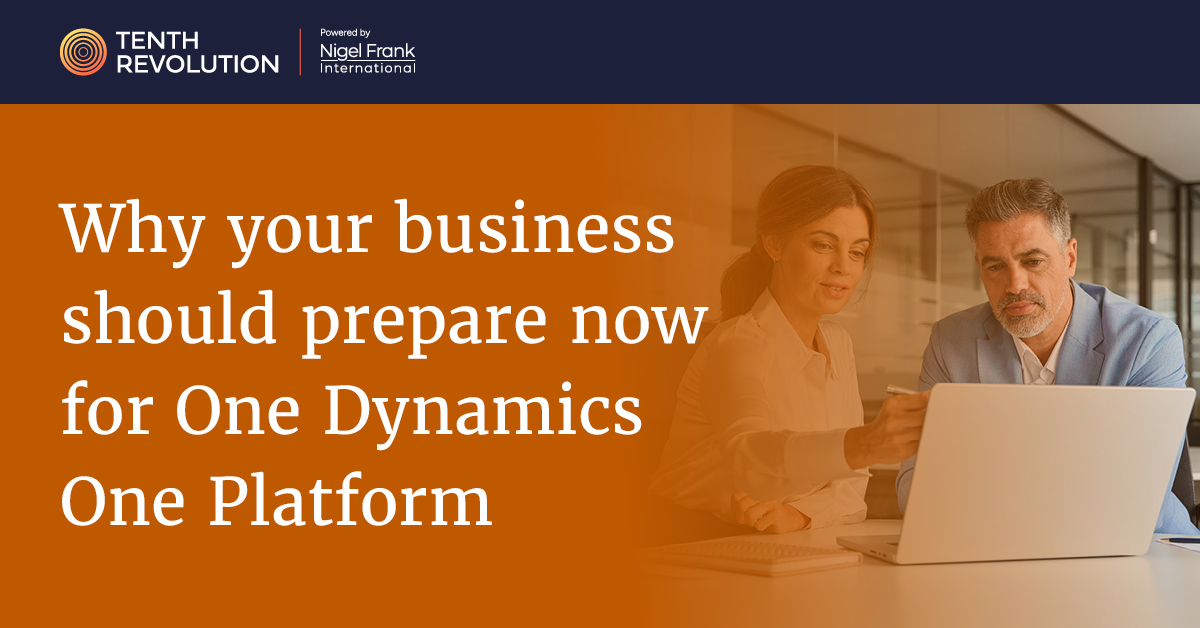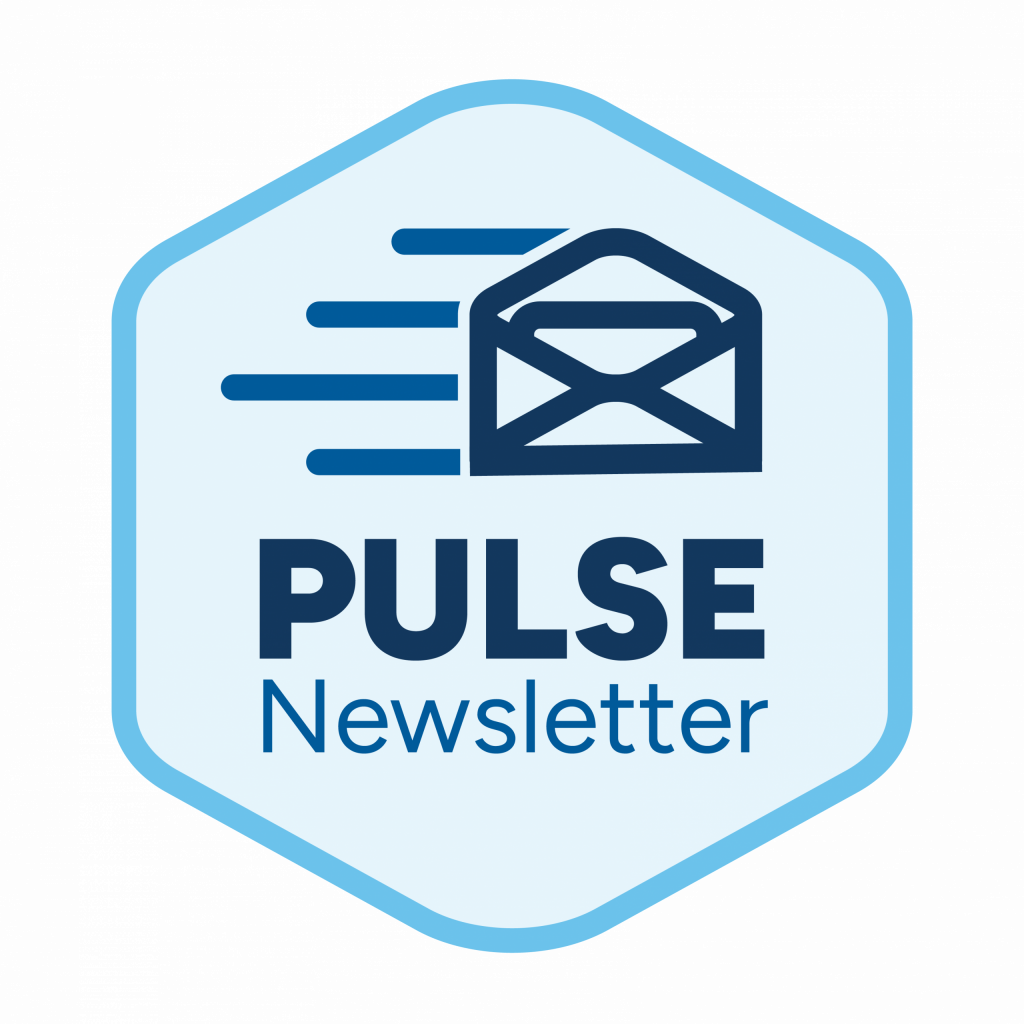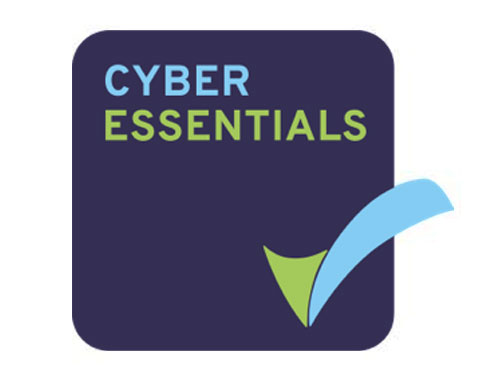
It’s 9:00 a.m. on a Monday, and the COO of a global manufacturer logs into Dynamics 365.
Instead of juggling Finance & Operations (F&O) and Customer Engagement (CE) systems, everything is now running on One Dynamics One Platform (ODOP). Dataverse is the core, copilots are consistent across modules, and ALM cycles no longer feel like parallel projects.
This is what the day looks like.
Morning: Seeing the whole picture
- Sales forecasts and supply chain commitments sit in the same dashboard.
- Copilot highlights three large orders that will strain production in Asia and shows their financial impact in real time.
- Customer records are clean, unified, and actionable with no duplicate entries across CE and F&O.
For the COO, the conversation with the CFO later today is faster and sharper because both leaders are literally looking at the same data.
Midday: Decisions without friction
In the past, a change request to adjust payment terms might have required two systems, two integrations, and weeks of testing. With ODOP:
- The finance team proposes the change inside Dynamics Finance.
- Dataverse carries the updated contract terms into CE automatically.
- Copilot validates that the change aligns with compliance rules before it goes live.
What used to slow down customer conversations now happens in hours.
Afternoon: Copilots that speak the same language
The service team escalates an issue with a critical client. Copilot in Customer Service flags the account as high risk, while Copilot in Finance confirms delayed invoices are part of the problem. Together, they recommend a coordinated plan: extend credit, fast-track a replacement shipment, and update the customer success team.
With ODOP, copilots no longer give different answers depending on which app is queried—they’re pulling from the same governed source.
Evening: Governance and growth
At the end of the day, the COO checks the ALM pipeline. Updates across CE and F&O extensions have moved through a single approval flow, tested in one environment, and deployed without cross-estate conflicts.
Governance shouldn’t be an afterthought; it needs to be embedded. The business can scale confidently, knowing updates won’t unravel integrations or introduce risk.
Why this matters for leaders today
This “day in the life” isn’t science fiction. ODOP is Microsoft’s roadmap, and it’s arriving faster than many executives expect. The benefits are clear:
- One version of customer and financial truth
- Streamlined ALM that reduces upgrade risk
- Copilots that coordinate across the enterprise
- Lower integration costs and faster decision-making
But preparation takes time. Governance models, testing frameworks, and Dataverse expertise won’t appear overnight.
The talent question
To deliver ODOP successfully, organizations need Dataverse architects, CE–F&O consultants, and ALM specialists. According to Nigel Frank’s Microsoft Cloud Careers and Hiring Guide, it takes an average of 6.5 months to fill a Microsoft cloud role. That means waiting until ODOP is standard will leave many businesses behind the curve.




